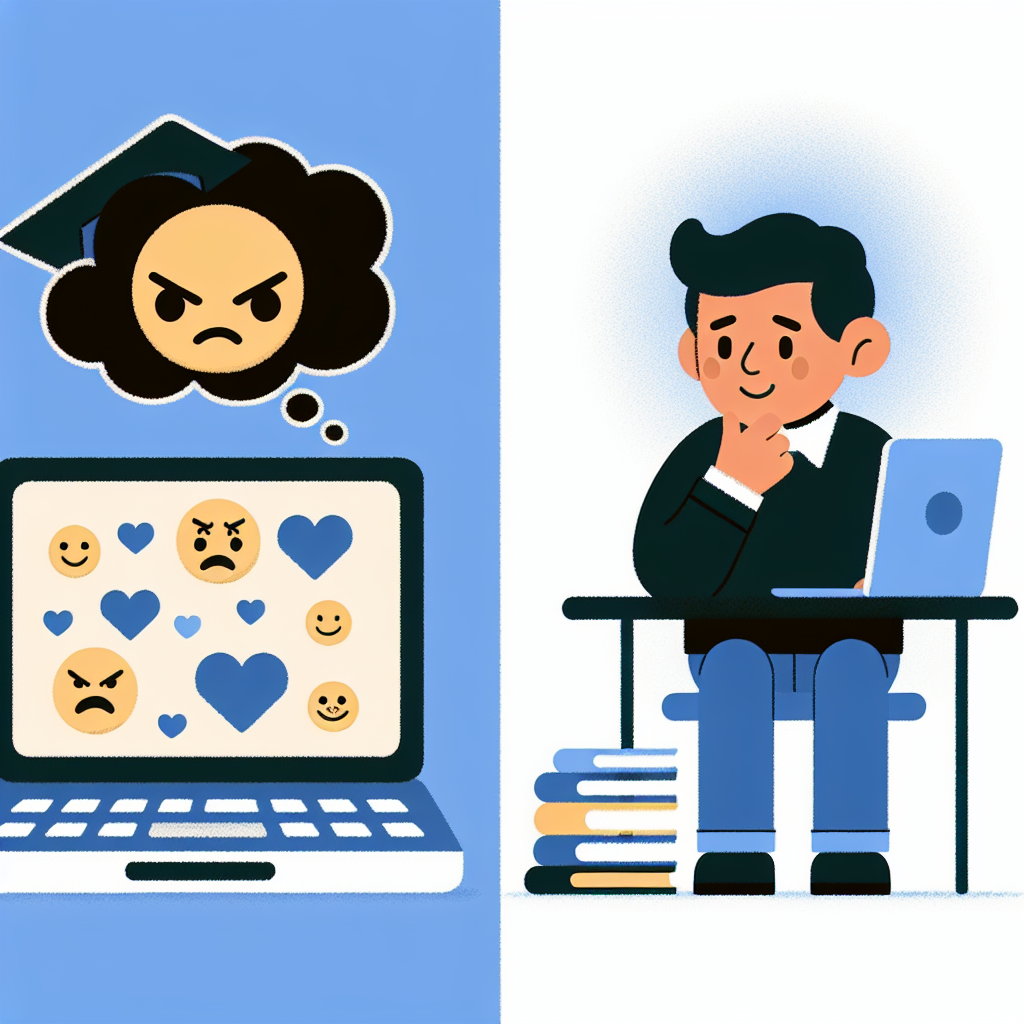
Cyberbullying on Student Mental Health
The intersection of technology and psychology presents a myriad of challenges and opportunities, especially in school settings. Among these challenges, cyberbullying has emerged as a critical concern that affects the mental health and well-being of students globally. The linkage between online harassment and adverse psychological outcomes makes it a pressing issue for school psychologists to address.
The Rise of Cyberbullying: An Overview
As digital communication tools proliferate, cyberbullying has become a pervasive issue among students. It’s not just about the ubiquitous nature of smartphones or the anonymity of the internet; it’s about the profound impact that digital harassment can have on young minds. A study by researchers found that nearly 90% of teens have encountered some form of cyberbullying, ranging from exclusion in conversations to being the subject of harmful rumors.
The Psychological Toll of Cyberbullying
The psychological impacts of cyberbullying are deep and multifaceted. Victims often experience increased rates of anxiety, depression, and even PTSD-like symptoms. The trauma is not only a result of the direct attacks but also the persistent nature of online harassment, which leaves lasting imprints on the mental health of young individuals. According to research, indirect forms of cyberbullying, like exclusion from group chats, contribute significantly to distress, further exacerbating the feelings of isolation and rejection.
Understanding the School Psychologist’s Role
School psychologists are at the forefront of tackling this issue. Their role involves not only identifying victims and perpetrators but also implementing comprehensive intervention strategies that can mitigate the impacts of cyberbullying. Education on digital citizenship, empathy training, and fostering inclusive school environments are some approaches that can help. Furthermore, integrating mental health support systems within schools ensures students receive the necessary assistance when needed.
- Early Identification: Teachers and school psychologists must work collaboratively to identify signs of bullying and intervene early.
- Creating Awareness: Workshops and seminars on the consequences of cyberbullying should be regular school events.
- Promoting Digital Literacy: Encouraging the responsible use of technology can reduce opportunities for cyberbullying.
Case Study Insights and Data
Recent studies have highlighted that the frequency of cyberbullying directly correlates with heightened trauma symptoms in students. The pervasive reach of social media means that bullying doesn’t end when school does, thus intensifying its psychological toll. A proactive approach involving multi-tiered support systems, as advocated by educational psychologists, emphasizes prevention and recovery to enhance students’ resilience.
Technical Interventions and Monitoring
On the technical front, several schools are integrating AI-driven monitoring tools to detect online bullying. These technologies can help identify patterns and flag urgent situations, enabling timely intervention by school staff.
Conclusion
The synthesis of school psychology with technological insights offers an avenue to address cyberbullying effectively. By fostering an environment of awareness, intervention, and support, educational institutions can shield students from the detrimental effects of digital harassment. As the digital landscape evolves, so must our strategies for protecting students’ mental health, ensuring they learn in a safe and supportive environment.



